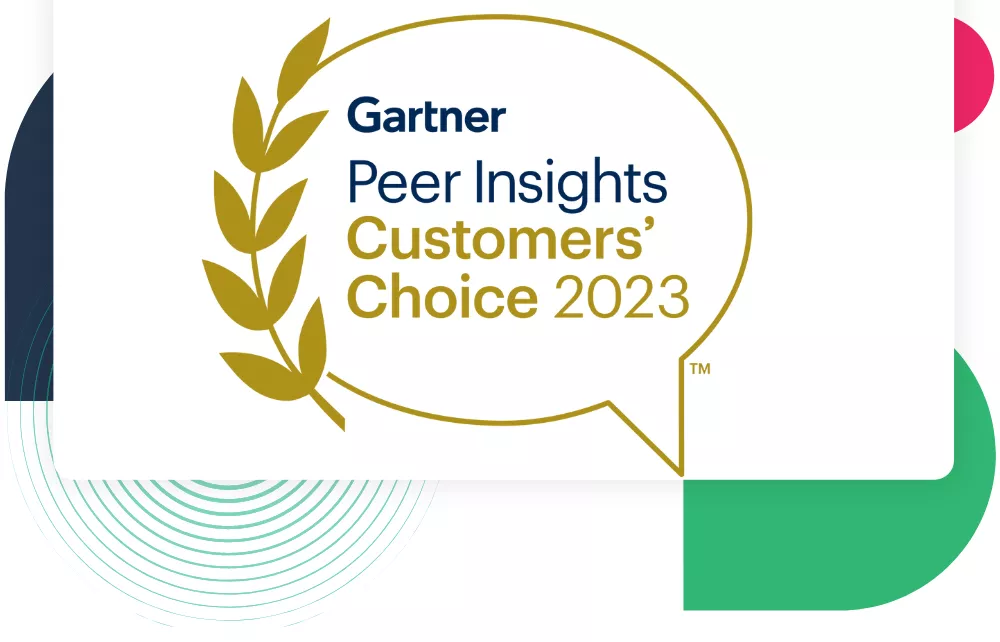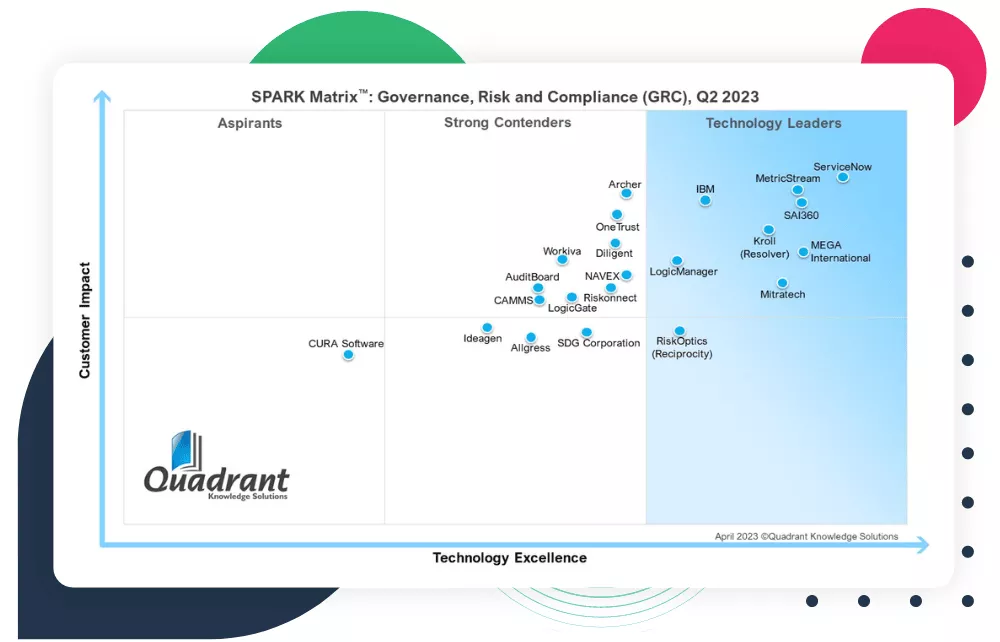
What is expected of an Enterprise Architect in 2023?
At the MEGA EA Exchange Conference, a panel was assembled to answer questions as part of a round table discussion on the key topics impacting enterprise architects and how they adapt intending to develop security and sustainability. Other topics addressed included the transition to Cloud-based technology and the fight against cyber criminality. This blog post summarizes key points of interest and perspectives arising from the discussion with Christophe Robin, Global architecture senior manager at Nexans, Qasim Chughtai, Enterprise Architect at Medecins Sans Frontieres, Leslie Robinet, Services Director and CSR Ambassador at MEGA International.
How can enterprise architects manage the challenge concerning conflicting IT and business priorities?
This issue initially posed difficulties for Qasim Chughtai from Doctors Without Borders. As a non-profit organization, Doctors Without Borders must respond immediately to emergencies, a response that often takes precedence over business priorities. That said, business is still essential as it enables a quicker response. Consequently, the organization recently launched an HR digitalization process, addressing challenging recruitment needs regarding hiring and deploying staff in the field. However, IT is also a key focus as the organization aims to deliver interdependent identity and access management programs. Addressing these issues in parallel, adjusting resources, and aligning stakeholders are among the main challenges. As a result, the company has had to be flexible, pulling back concerning the identity element and turning its focus more to HR systems, prioritizing business. However, Qasim explains: "As a non-profit humanitarian organization, we cannot delay our response at all – we always have to respond. We must adjust. As such, IT priorities will always take precedence over business priorities".
At Nexans, Christophe Robin faces a similar problem. With varying priorities from different business activities jostling for attention, the decision must be made as to which are most valuable and essential to the business, what is feasible, and what can be efficiently realized within the shortest time frame. Christophe elaborates: "We decided to prioritize our actions, our studies, and our assessments, to ensure that everything we do is aligned with business priorities". Enterprise architects are responsible for identifying interdependencies between business topics and underlying IT issues. Christophe explains that “the focus is on business value and making sure that every lever that is pushed is connected to a business need.
Sustainability: how can enterprise architecture help businesses become leaner and more efficient?
Enterprise architecture has contributed to generating efficiency within organizations, albeit perhaps with alternative objectives in mind, such as saving money or leveraging innovation. This can continue on several levels, one of which is solution architecture. Enterprise architects work alongside other technical architects to conceive and develop information systems, making them lean and efficient. This can adopt a modular approach, targeting specific elements of the business or offering support to the organization concerning the management of its technology portfolio. When deciding which technology to work with, there is a focus on vendors that have demonstrated an investment in sustainability. As Leslie Robinet explains, "Managing an organization is important, but even more so are the interdependencies within the supply chain and what happens after the companies have delivered their products and services." Here there is a need to emphasize not only the avoidance of technological obsolescence or financial concerns but also the efficiency of the technologies being acquired and the values demonstrated by the companies with which we are working. This is a true role of the enterprise architect – they play a part in making these choices.
At Nexans, the first step is to make the problem visible – the “first lean pillar”. The link between business needs and the applications that satisfy these needs is very important as it demonstrates how to improve sustainability and financial efficiency by streamlining applications around a central core. The role of the enterprise architect includes identifying existing solutions that satisfy a need – either partially or completely – and adapting these solutions as required to adopt the most efficient approach. Christophe Robin explains,
“We have a lot of legacy in Nexans, and we always challenge ourselves, asking do we need to reuse, or do we need to improve and choose a new solution, especially for sustainability purposes".
Sustainability is equally important at Doctors Without Borders. A global sustainability program has been launched aiming to cut carbon-emitting waste on the medical side, such as paper-based communication for remote emergencies. From an IT perspective, policies are being developed regarding data retention and the destruction of data centers and hardware devices in a more sustainable manner. Qasim Chughtai clarifies: “This is a continuous improvement process. We have migrated 99% to the Cloud, so we have fewer servers and reduced carbon emissions”. This move to the Cloud was difficult at first. The organization tends to focus on humanitarian needs rather than IT, but is aware of technology’s increasing role. Integration was the key challenge; however, a program spanning 4-5 years has been successfully completed, with only a few directories remaining.
What response have customers received when asking, "How can you help us accelerate the migration to the cloud?"
Architects are, first and foremost, trying to identify the best candidates for the move to the Cloud and determine the smartest approach – to rebuild, rehost, refactor… This can be realized manually through the IT portfolio; however, recent versions of HOPEX have attempted to draw on the value of the content in the repository, i.e., using algorithms and smart analysis to make propositions. This means that, even if the final decision comes down to the architect, some of the work is done for them, helping them to adopt our approach and put it into play. On an execution level, the solution architect who wants to construct a new cloud-native application or evolve an existing application system to replace a service with a cloud service will often favor modeling. Many enterprise architects communicate through the model, so we’ve allowed architects to draw on the representations of the big organizations that provide Cloud services, such as AWS or Google. This is important in enabling communication, which in turn facilitates design.
Qasim is one of the many appreciative architects: “That’s a wonderful functionality of MEGA HOPEX - the smart analysis is wonderful when it gives you the inside line on what to eliminate and what to keep, what to mitigate […], that really helped me.”
The impact of cyber criminality
Christophe Robin is keen to highlight that, while the architecture at Nexans has been taking security into account for many years, and secure solutions represent part of the company’s DNA, the change is that this is now visible. It represents added value if the architect can say, “I’m bringing you something that is sustainable by design, but also secure by design”. This is not so much a change in how the company operates, but rather in how people see enterprise architecture.
At Doctors Without Borders, the company’s DPOs, ISOs, and security officers work tirelessly to ensure that highly sensitive data remains secure. Attacks occur daily, requiring a mature enterprise architecture foundation. This security architecture will serve as an extra layer for the organization, which already considers itself strong in the area of security. As a humanitarian organization, Doctors Without Borders is accountable for every cent donated and spent, and as such relies on dedicated vendors who can address any security layer issues very effectively.
The synergy between data governance, data experts, and enterprise architects
Data governance and enterprise architecture always go hand in hand. Qasim Chughtai expresses this well: "As enterprise architects, we know the data sources and destinations, we hold this encyclopedia - this entire library - in our hands, and this is where the synergies are". This is exactly where data teams need to collaborate to understand what the data sets are, the governance, which data dictionaries they are building for the business, and which business glossaries they are compiling… these collaborations are very important for an enterprise architect and also on the data side, for the reporting and analytics team. Enterprise architects are involved in every major discussion involving data. Qasim continues: "We are the source. We are the encyclopedia. We have the holistic view of the systems".
Enterprise architecture provides the context and indicates the usage level and the criticality of information being passed around an organization, keeping everyone on the same page about vocabulary, which notions are important, and how they are instantiated into the system. This is how enterprise architecture materials are serving the data governance initiative. Meanwhile, data governance returns the favor by showing us what’s really happening – as opposed to our perceived notion of what's happening.
Challenges in 2023
For Christophe Robin, the major challenge at Nexans for the coming year is that of aligning the group’s transformation with the current economic climate. This includes sourcing appropriate resources and expert staff to expand the company’s vision of architecture while combining this with knowledge management to ensure that the company capitalizes on what it already knows. This will allow Nexans to make full use of MEGA, “not only for architecture but globally, with regard to knowledge management”.
MEGA is trying to help accelerate processes for clients by connecting up data governance and the teams managing the risks to influence strategy and orientation and make the value of enterprise architecture more visible and more actionable. Acknowledging Christophe’s ambitions, Leslie Robinet, explains: “MEGA appreciates the value in all of this but hopes to help the organizations it serves appreciate it equally, so that enterprise architects can really contribute in the way they are capable of”.
For Doctors Without Borders, in addition to identity and access management challenges, the organization faces a challenge affecting enterprise architects across the globe – the rapid change in the environment, accompanied by political changes, inflation, evolving businesses… According to Qasim Chughtai, the organization and its enterprise architects “see 2023 as a year to revisit standards, policies, and strategies, and to thus ensure that needs are met for years to come”. Qasim believes the decisions made now will have long-lasting implications: “The strategies, the standards we adopt in 2023 will help us for the next 10 years, for the future”.
MEGA Leadership Related Content
See the Bigger Picture and Accelerate Business Value
Discover how organizations rely on us to transform their IT
Hear More From Companies Like Yours






